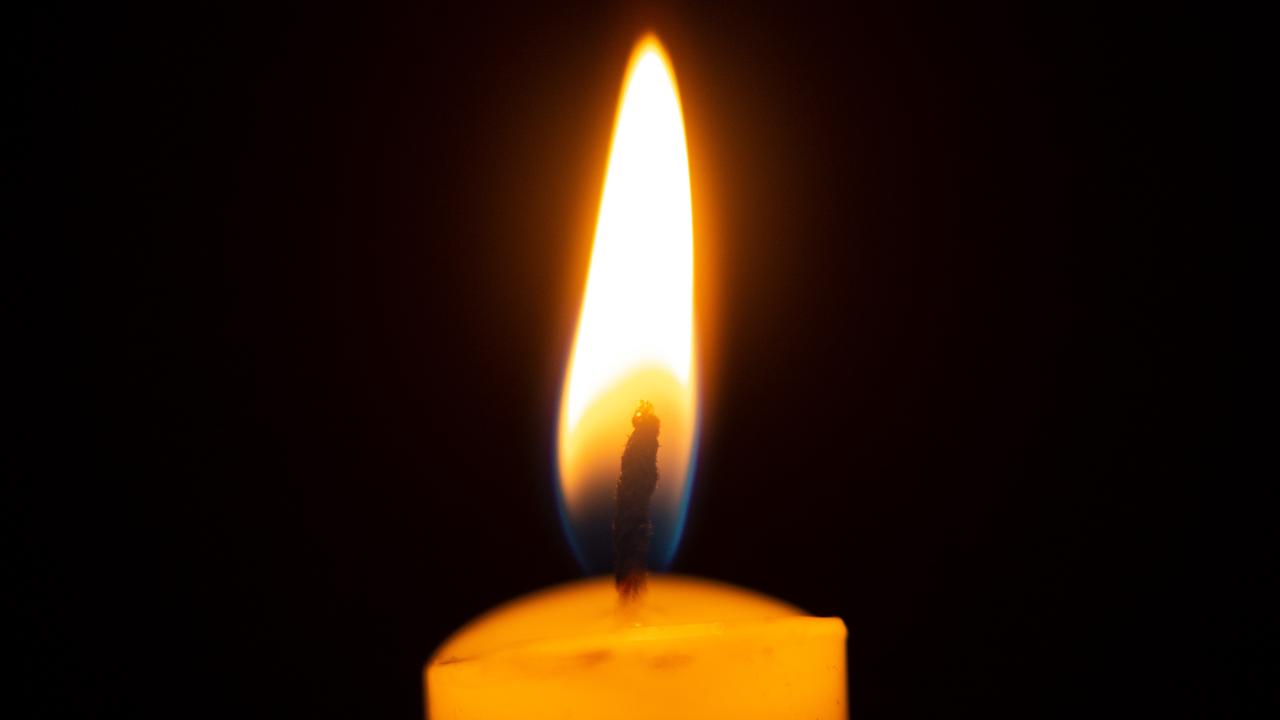How Australia’s Bluebirds aided World War One ally France
WHAT do jockeys, David Jones, bluebirds and the carnage of the Western Front in WWI have in common? In a word, nurses.
ANZAC Centenary
Don't miss out on the headlines from ANZAC Centenary. Followed categories will be added to My News.
WHAT do jockeys, David Jones, bluebirds and the carnage of the Western Front have in common? In a word, nurses.
The distinguished group of nurses who crossed the globe to aid the wounded and the dying in World War I were known as Bluebirds, because of their distinctive blue uniforms made by department store David Jones. And their trip was sponsored by the NSW Jockey Club and organised by the recently-formed arm of the Red Cross in Australia.
When the NSW Government sent a message of support to France in the early months of the crippling battle of Verdun in 1916, it also asked if there was anything the state could do to help. Nurses were the answer, France said. It desperately needed nurses.
So the Bluebirds became a special kind of gift.
THIS WASN’T HIPSTER YARN-BOMBING: Australia’s toughest women
AUSTRALIAN RED CROSS: Please stop misusing its image
When the head of the Army Medical Corps, Lieutenant Colonel A.B. Brockway, hailed the Bluebirds’ formation, he praised the role they would play.
“Just as each soldier should fight as if the results of the battle depended upon his individual effort, so each one of you will do her work for something else besides the love of it, for the reputation of our great country,’’ he said.
The women were off to France, to help a nation under grave pressure from the German threat. Bluebird recruits had to speak French, to ensure they could cope with what lay ahead. But they were also accompanied by a French teacher to finesse their skills on the journey.
There were 20 Bluebirds who left Melbourne in 1916, bound for France, with donated leather kit bags, a 1560 pound-donation from the Jockey Club for six months’ wages and passage to Europe approved through the Department of Defence. The Red Cross branch in Lismore donated a further 150 pounds.
SHOT THAT SPARKED A WAR: Breaking down the famous assassination
Once the Bluebirds arrived, they were split up and sent to Rodez and Beziers hospitals to help deal with the sad procession of devastated and damaged bodies from the Western Front.
But despite all their vital work, they were not considered part of the AIF, and in the years that followed, were not given the entitlements that went to the Australian nurses who were part of the official nursing units.
A clue to understanding this is in the distinctive uniform itself.
“As these nurses are not permitted to wear anything approaching the military uniform in colour, the Red Cross Society has decided on a neat dark blue uniform,’’ one of the nursing journals explained. They might have looked like outsiders but the Bluebirds’ work was anything but.
Initially contracted for 12 months, or the duration of the war, most of the Bluebirds spent three years away from home.
The job was relentless and almost overwhelming. Melbourne Bluebird Nellie Crommelin wrote to her mother in 1918: “They fought and died in thousands and those who escaped wounded came down to us in the middle of the night in their hundreds.’’
Originally published as How Australia’s Bluebirds aided World War One ally France


